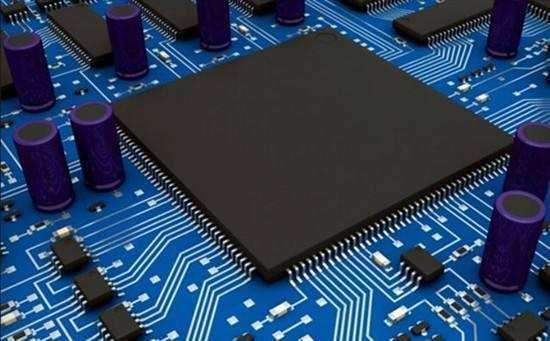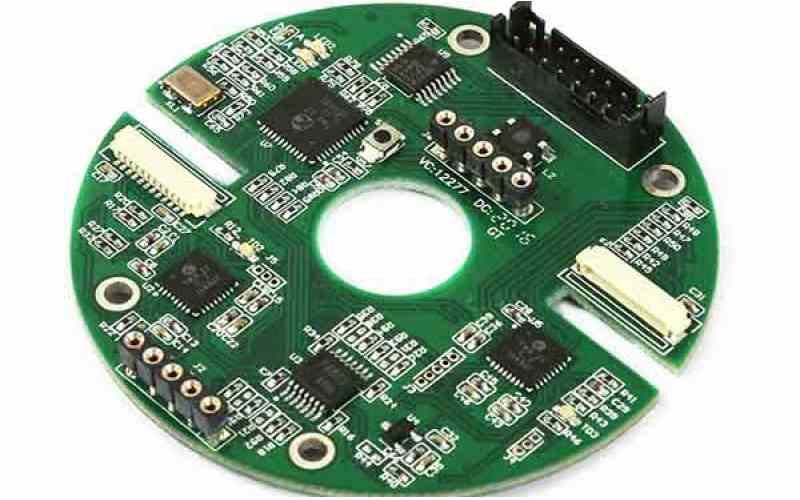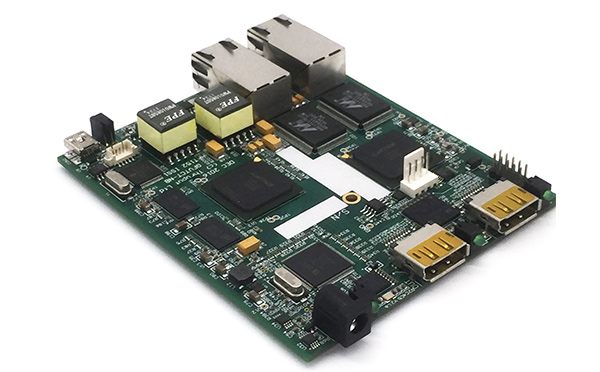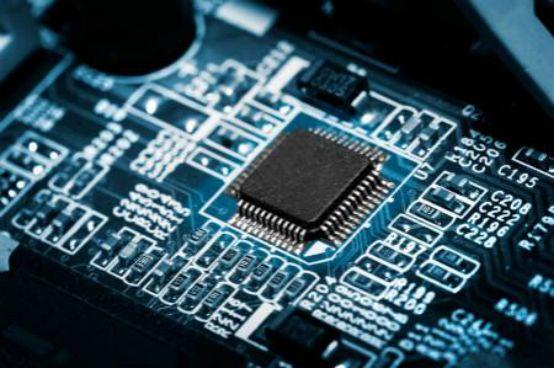
Layout is one of the most basic skills of PCB design engineer. The quality of the wiring will directly affect the performance of the whole system, most of the high-speed design theory will be finally realized and verified by Layout, so it can be seen that the wiring is very important in the design of high-speed PCB. The following will be in view of the actual wiring may encounter some cases, analysis of its rationality, and give some more optimized routing strategy.
This paper mainly elaborates from three aspects: right-angle routing, differential routing and serpentine routing.
1. Right-angle routing
Right-angle cabling is generally required to avoid the situation in PCB wiring, and has almost become one of the standards to measure the quality of wiring, so how much impact will right-angle cabling have on signal transmission? In principle, right-angle routing will cause the line width of the transmission line to change, resulting in impedance discontinuity. In fact, not only right Angle routing, ton Angle, acute Angle routing may cause impedance changes.
The influence of right-angle routing on signal is mainly reflected in three aspects:
First, the corner can be equivalent to the capacitive load on the transmission line, slowing down the rise time;
Second, impedance discontinuity will cause signal reflection;
Third, EMI produced by the right Angle tip.
As the line width of the right-angled line increases, the impedance here will decrease, and certain signal reflection will occur. We can calculate the equivalent impedance after the line width increases according to the impedance calculation formula mentioned in the section of transmission line, and then calculate the reflection coefficient according to the empirical formula:
ρ=(Zs-Z0)/(Zs Z0)
Generally, the impedance change caused by right-angle routing is between 7% and 20%, so the maximum reflection coefficient is about 0.1. Moreover, the transmission line impedance changes to the minimum in the W/2 length of the time, and then after the W/2 time and return to the normal impedance, the entire impedance change time is very short, often within 10ps, such a fast and small change for the general signal transmission is almost negligible.
Many people have such an understanding of right-angle cabling, believing that the tip is easy to emit or receive electromagnetic waves, generating EMI, which also becomes one of the reasons why many people think that right-angle cabling cannot be done. However, many practical tests have shown that right-angle routing does not produce significantly more EMI than straight-line routing. Perhaps the current instrument performance and test level limit the accuracy of the test, but at least it shows a problem that the radiation of right-angle line has been less than the measurement error of the instrument itself.

All in all, right Angle routing is not as terrible as it seems. At least in applications below GHz, any effects such as capacitance, reflection, and EMI are almost not reflected in the TDR test. The high speed PCB design engineer should still focus on the layout, power/ground design, wiring design, hole through and other aspects. Of course, although the impact of right-angle wiring is not very serious, but it does not mean that we can walk right angles in the future, attention to detail is the basic quality of every excellent engineer, and, with the rapid development of digital circuits, PCB engineers processing signal frequency will continue to improve, to more than 10GHz RF design field, These little right angles can be the focus of high-speed problems.
2. Differential routing
Differential signal is more and more widely used in high-speed circuit design. The most critical signal in the circuit often uses differential structure design. Why is it so popular? How to ensure its good performance in PCB design? With these two questions in mind, let's move on to the next part of the discussion.
What is a differential signal? In plain English, the driver sends two equivalent, inverting signals, and the receiver compares the difference between the two voltages to determine whether the logical state is "0" or "1". The pair carrying the differential signal is called differential routing.
Compared with ordinary single-ended signal routing, differential signal has the most obvious advantages in the following three aspects:
a. Strong anti-interference ability, because the coupling between the two differential wires is very good, when there is noise interference from the outside, it is almost coupled to the two lines at the same time, and the receiver only cares about the difference between the two signals, so the common mode noise from the outside can be completely cancelled out.
b. can effectively inhibit EMI. Similarly, because the polarity of two signals is opposite, the electromagnetic fields radiated by them can cancel each other. The closer the coupling, the less electromagnetic energy released to the outside world.
c. Precise timing positioning. Since the switching changes of differential signals are located at the intersection of two signals, unlike ordinary single-ended signals which rely on high and low threshold voltage, the impact of technology and temperature is small, which can reduce the errors in timing and is more suitable for circuits with low amplitude signals. LVDS (low voltage differential signaling), which is popular at present, refers to this small amplitude differential signaling technology.
For PCB engineers, the most important thing is to ensure that the advantages of differential routing can be fully utilized in the actual routing. Perhaps as long as the contact with Layout people will understand the general requirements of differential routing, that is, "equal length, equal distance". The equal length is to ensure that the two differential signals maintain opposite polarity at all times and reduce the common-mode component. Equidistance is mainly to ensure that the difference impedance is the same, reduce reflection." As close to the principle as possible "is sometimes a requirement for differential routing. But none of these rules are meant to be copied, and many engineers seem unaware of the nature of high-speed differential signal transmission.
Differential routing can also be done in different signal layers, but this is generally not recommended because the differences in impedance and through-hole generated by different layers can destroy the effect of differential mode transmission and introduce common-mode noise. In addition, the ability of differential wiring to resist noise is reduced if the adjacent layers are not coupled tightly enough, but crosstalk is not a problem if the proper distance between the adjacent lines is maintained. At the general frequency (below GHz), EMI is not a serious problem. Experiments show that the radiation energy attenuation of differential wiring with a distance of 500Mils has reached 60dB at 3 meters, which is enough to meet the FCC's electromagnetic radiation standards. Therefore, designers need not worry too much about electromagnetic incompatibility caused by insufficient coupling of difference lines.

3. Serpentine line
Serpentine line is a kind of Layout which is often used in layout. Its main purpose is to adjust the delay and meet the requirements of system timing design. The first thing designers need to realize is that snake-like wires can destroy signal quality and change transmission delay, and should be avoided when wiring. However, in actual design, in order to ensure sufficient holding time of signals, or to reduce the time offset between the same group of signals, it is often necessary to deliberately wind.
So, what does the serpentine do to signal transmission? What should we pay attention to when we walk? The two key parameters are parallel coupling length (Lp) and coupling distance (S). Obviously, when signals are transmitted in the serpentine line, coupling will occur between parallel line segments in the form of differential mode. The smaller S is and the larger Lp is, the greater the degree of coupling will be. It may lead to reduced transmission delay and greatly reduced signal quality due to crosstalk.
Here are some suggestions for Layout engineers to handle snake lines:
1. Try to increase the distance (S) of parallel lines to at least 3H, H refers to the distance between the signal line and the reference plane. Generally speaking, it is to go around the big bend, and as long as S is large enough, the mutual coupling effect can be almost completely avoided.
2. When the coupling length Lp is reduced, the crosstalk generated will reach saturation when the double Lp delay approaches or exceeds the signal rise time.
3. The signal transmission delay caused by Strip-Line or Embedded Micro-strip snake wire is less than that caused by Micro-strip. Theoretically, the strip does not affect the transmission rate due to differential mode crosstalk.
4. For high-speed signal lines and those with strict timing requirements, try not to use snaking lines, especially not meandering in a small area.
5. Can often use arbitrary Angle snake line, can effectively reduce the mutual coupling.
6. In high-speed PCB design, the serpentine line has no so-called filtering or anti-interference ability, which can only reduce the signal quality, so it is only used for timing matching and has no other purpose.
7. Sometimes the spiral route can be considered for winding, and the simulation shows that the effect is better than the normal snake route.







